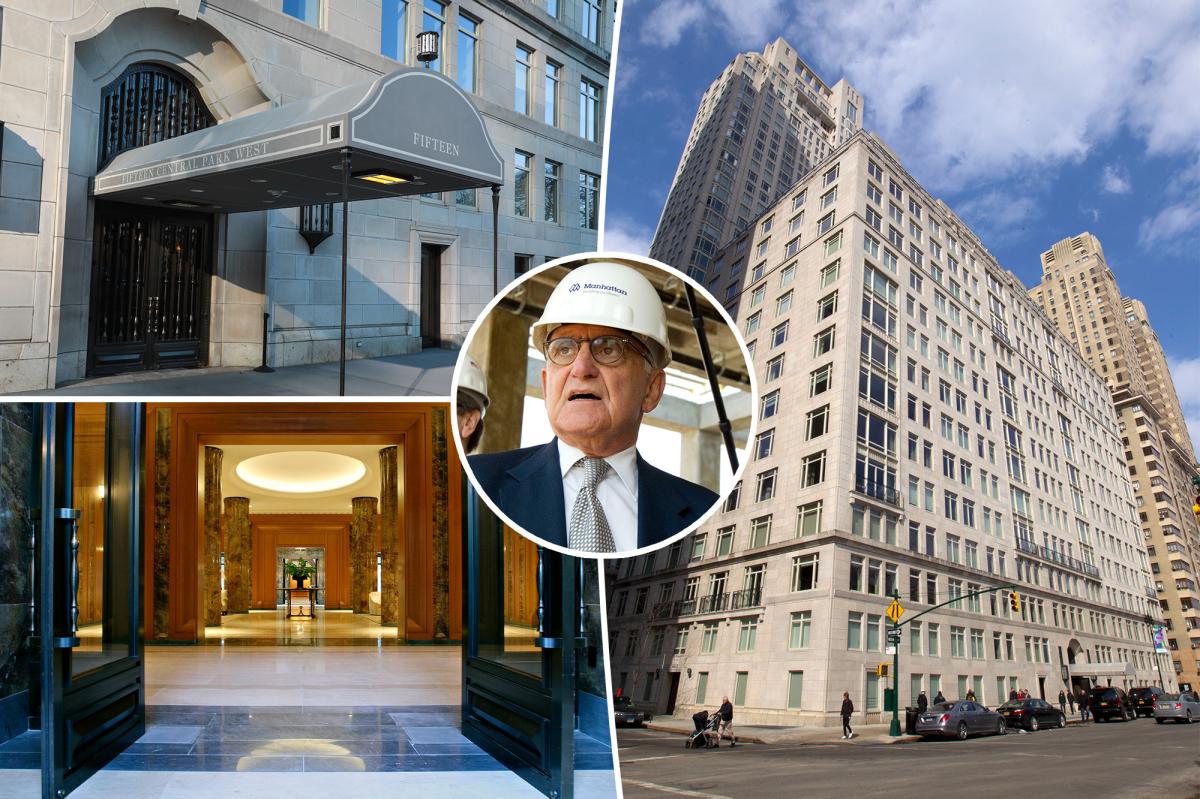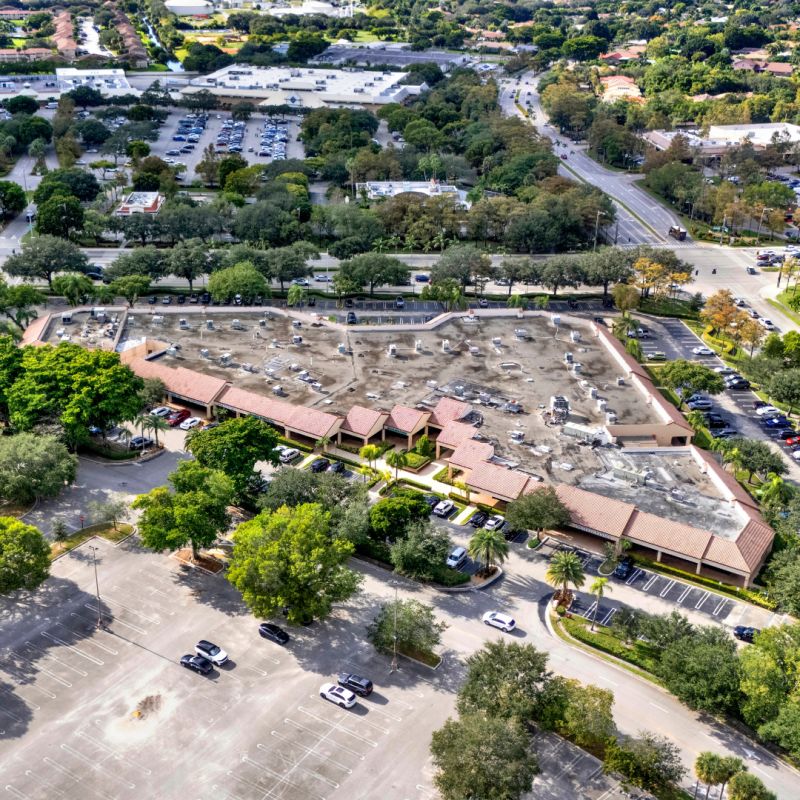I
n November, PwC and the Urban Land Institute unveiled their 2026 Emerging Trends in Real Estate report, spotlighting the ten markets most poised for growth. The study drew on responses from more than 1,700 real‑estate professionals across the U.S. and Canada, who evaluated investment and development prospects by property type and assessed local market conditions.
The report’s central motif is “navigating the fog.” Andrew Alperstein, PwC’s U.S. real‑estate partner, explained that macro‑economic volatility and shifting real‑estate dynamics create a cloud of uncertainty. “We need to keep a close eye on migration patterns and where companies plan to locate,” he said.
**Northeast Surge**
Four Northeast cities—Jersey City, Brooklyn, Northern New Jersey, and Manhattan—ranked in the top ten. Alperstein attributes this to the return‑to‑office mandate, low apartment vacancy, and the draw of New York’s amenities. Younger workers increasingly prefer proximity to their workplaces, fueling demand in these markets.
**Sun Belt Momentum**
The Sun Belt—particularly Texas, Florida, and Arizona—continues to attract employers and employees. Population and economic growth are expected to persist, offering a more balanced outlook this year.
**Dallas‑Fort Worth: #1 Market**
Dallas‑Fort Worth (DFW) tops the list for the second straight year, leading both commercial and home‑building prospects. Its appeal stems from accessibility, a low cost of living, and a business‑friendly climate that has attracted 100 corporate headquarters between 2018 and 2024. The city’s financial‑services sector is expanding, but its diverse economy, affordability, and migration trends keep it competitive.
CBRE’s 2025 Tech Talent Scoring ranks DFW eighth, driven by a Gen Z influx that is projected to make up a third of the U.S. workforce by 2030. As of October 2025, average rent in DFW is $1,577; the cost of living is 1 % above the national average, housing costs 6 % lower, and utilities 15 % higher.
**Top 10 Markets to Watch (2026)**
1. Dallas‑Fort Worth, TX
2. Jersey City, NJ
3. Miami, FL
4. Brooklyn, NY
5. Houston, TX
6. Nashville, TN
7. Northern NJ
8. Tampa/St. Petersburg, FL
9. Manhattan, NY
10. Phoenix, AZ
**Jersey City: #2 Market**
Jersey City is a fast‑growing commercial hub just outside New York City, offering a blend of green space, dining, and amenities at a lower price point. Its population grew 7.5 % from 2020 to 2024, and apartment rents rose 2.4 % over the past year—double the national average. The city’s accessibility to Manhattan and relative affordability drive its appeal.
Cost‑of‑living data: Jersey City’s overall cost is 26 % above the national average; housing costs are 74 % higher, and utilities are 3 % above average. Zillow reports the average rent for all bedroom types in Jersey City at $2,500.
**Key Takeaways**
- The report underscores the importance of monitoring migration and corporate relocation trends amid macro‑economic uncertainty.
- Northeast markets benefit from low vacancy and return‑to‑office momentum.
- Sun Belt states remain attractive for their growth prospects.
- Dallas‑Fort Worth’s diverse economy, affordability, and Gen Z migration secure its top spot.
- Jersey City’s proximity to New York and affordability make it the second‑ranked market.
These insights guide investors, developers, lenders, and advisors on where to focus their resources for 2026.














